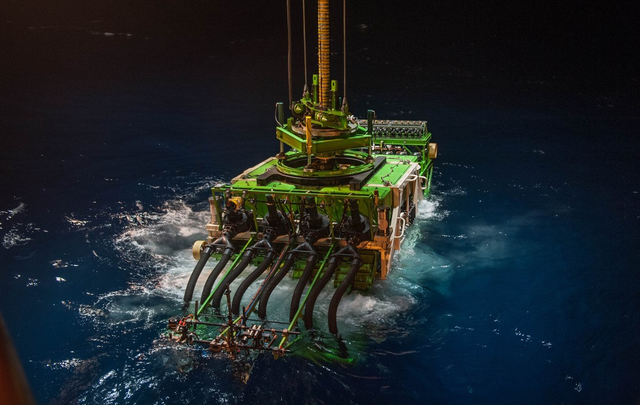Another damage to the planet, deep sea mining.
Another damage to the planet, deep sea mining.


With a vacuumcleaner the size of a basic house at 4,000 meters deep, sweeping the ocean floor and sucking up stones the size of potatoes, it will leave consequences on the seabed; they are the polymetallic nodules rich in nickel, copper and manganese, which became the new oil of the energy transition.

Uplifts can release carbon from sediment and plumes can travel miles, lesson from a 1979 test, the grooves are still there. Little sediment bugs returned, but the organisms that depend on the nodule did not, because the nodule disappeared.
